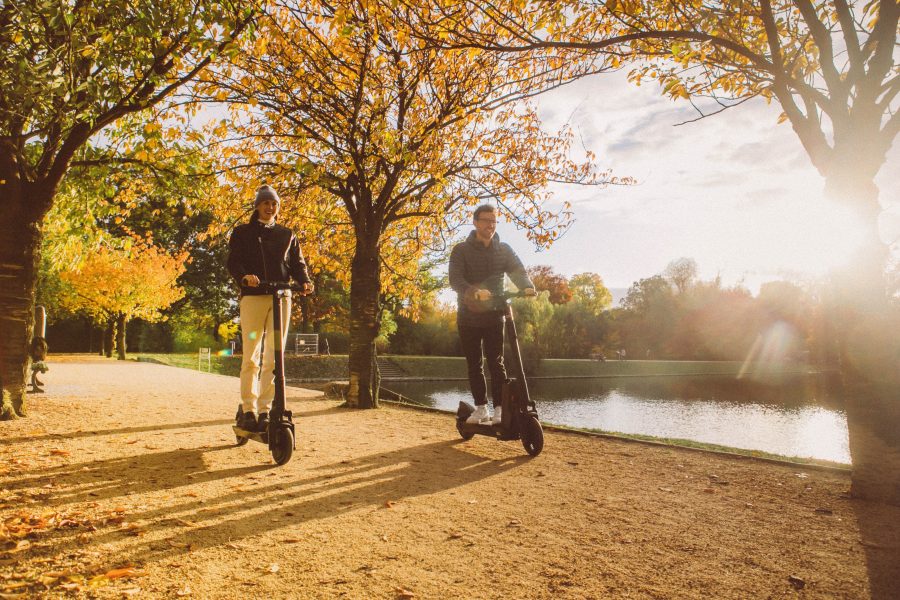The changing shape of transit

Last Summer, a report from Mintel suggested that 66 per cent of people plan to actively limit their use of public transport due to pandemic-related safety concerns. Of this number, the majority planned to switch to either walking or using a private vehicle. While more people making journeys by foot is no bad thing, a significant shift towards private vehicle trips is problematic, especially in our cities. So what do public transit and active travel operators need to do to win back the trust, and crucially, the custom of these individuals?

A study conducted by Transport Focus found that 32 per cent of people who have chosen to stop using public transport due to the pandemic are unlikely to return until they feel safe to do so. This finding highlights the critical task ahead for government, local authorities and public transport operators looking to reassure passengers and grow ridership back to pre-pandemic levels and beyond. But how can they achieve this? Looking to brands thriving in this space highlights a number of ways that mobility businesses can achieve this through investment, integration and old fashioned communication.
Integration is fundamental to growth marketing, and there are some great examples of businesses that have leveraged this tactic in the transportation space. Take Citymapper, for example. It has integrated with a multitude of active travel and ride-hailing providers in addition to public transit to offer those looking to travel through cities, vast arrays of options for getting from a to b. Those plugging into the platform have the chance to provide their service to vast numbers of travellers in cities across the country. Whether large or small scale, similar integrations will open your brand up to new audiences, providing tremendous opportunities for new customer acquisition.
Offering those looking to travel new options is one route to securing new ridership, but convincing them that yours is the right one is the next challenge. That’s where investment in new technology is critical. The previously referenced report from Mintel highlighted several technologies that have been made essential by the onset of the pandemic. These include tools that help combat overcrowding, investments in mobile ticketing and contactless payments, and responsive public transport services, such as Arriva’s ‘Click’, which launched locally in Leicester in 2019. While investing in CapEx heavy projects when your ridership is down may seem counterintuitive, but it will be the critical factor in building trust and ensuring growth once consumer confidence returns.
Finally, communication around the ways you are guaranteeing safe travel for riders can never go too far. Whether it is mask mandates, covid-cleaning or safe distancing, being open and front-footed about the measures to ensure rider safety will make people feel more comfortable about taking trips on public networks again. Where communication can settle rider anxiety, taking some time to at least understand these anxieties is essential. Whether through online surveys or virtual focus groups, hearing from those that use public transport regularly is critical to ensuring the fears or concerns about engaging with public transport again are addressed.
So when can we expect this return to normality? Well, the story so far has been fraught with twists and turns, but there are glimmers of optimism ahead. Now that a second wave is behind us and the population have begun queuing for their vaccines, confidence will start to return, and with it, transport ridership. However, attitudes to work have changed, specifically working from home, and with it, the daily commute.
As far as the experts see it, a staged return is most likely. The past year has changed habits. While some will take time to emerge from the perceived safety of their private vehicles, others will take opportunities presented by active travel options. The next few years should show substantial modal diversification across cities, with the UK beginning to change its stance on e-scooters and micromobility. This diversification will allow new market entrants to shape behaviours and create new norms for those looking to move through urban space. The winners will be those that make intelligent investments, integrate with complementary systems and nail their comms to ensure people feel safe on the move.


